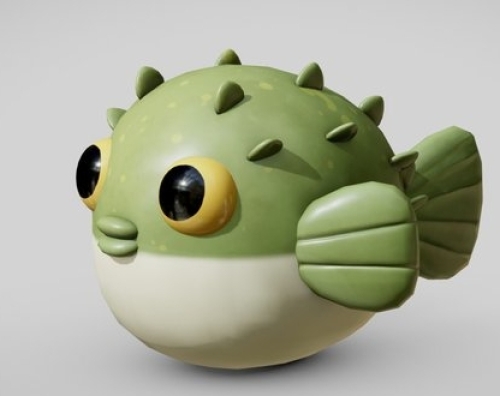The Pufferfish Model is an analytical tool for dealing with complex systems and optimizing decisions, inspired by the self-protection mechanism of the pufferfish. The model emphasizes systemic assessment and risk management to improve system stability and resilience.
The core of the blowfish model is risk management. It simulates different risk scenarios to help identify potential threats in the system and develop strategies to counter them. This approach is similar to the puffer fish's inflating mechanism when confronted with a threat, and aims to improve the system's resilience to risk.
The model reveals the weaknesses and improvement opportunities of the system by comprehensively evaluating each link and interrelationship of the system. It predicts the behavior of the system through data analysis and simulation, and provides optimization recommendations to help improve the stability and performance of the system.
The puffer fish model is highly adaptable and can adjust its strategy according to real-time data and environmental changes. Through a real-time feedback mechanism, the model ensures flexibility to adjust responses in the face of changing conditions.
The Fugu model is widely used in risk management, business optimization and policy making. In risk management, it helps to identify and respond to potential risks; Provide systematic improvement suggestions in business optimization; In policy development, provide scientific suggestions for improvement by assessing the potential impact of policies.













